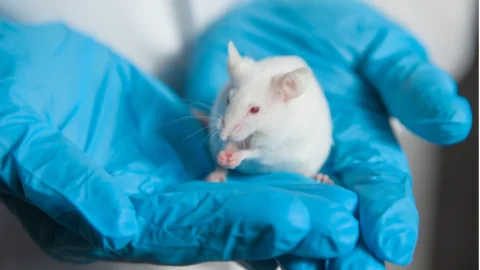March 15, 2024
Scientists have used a huge database to find links between existing drugs and human lifespan. Only 14 of more than 400 showed a positive correlation [1]. Reinventing the wheel? One of the subfields in geroscience was born from the idea that some drugs currently in use for various indications might slow aging. In recent years,...
January 17, 2024
A review recently published in BMC Biology suggests that taking gerotherapeutics while exercising doesn’t have advantages over separate treatments [1]. Are two approaches better than one? Exercise is a well-established intervention that ameliorates several aspects of aging. Similarly, other research suggests that certain drugs, known as gerotherapeutics, target biological processes in a way that benefits...
August 31, 2023
A paper published in GeroScience has described a gene responsible for a key biomarker of cellular senescence. A widely used biomarker Why we Age: Cellular SenescenceAs your body ages, more of your cells become senescent. Senescent cells do not divide or support the tissues of which they are part; instead, they emit potentially harmful chemical...
July 24, 2023
Researchers publishing in Aging Cell have documented a human clinical trial showing that metformin reduces atrophy caused by long periods of bed rest. A common problem and a well-known diabetes drug Long periods of disuse cause muscles to atrophy and accelerate the age-related muscle wasting known as sarcopenia [1]. Strength training is the accepted treatment...
March 08, 2023
In a new study published in Aging Cell, researchers have shown that two promising anti-aging agents, the antibiotic rapamycin and the anti-diabetic drug metformin, reverse aging in a population of intestinal stem cells [1]. The aging intestine Older people are more prone to gastrointestinal problems [2]. Moreover, aging is a major risk factor for various...
August 25, 2022
Scientists have found that rapamycin and metformin work hand in hand in diabetes-prone mice, boosting each other's effectiveness and blocking side effects [1]. The combination hypothesis Rapamycin and metformin are probably the two most promising anti-aging drugs known. Both have been in use for various indications for decades and have decent safety profiles. However, there...






